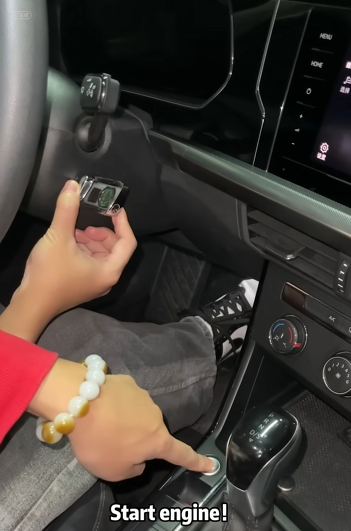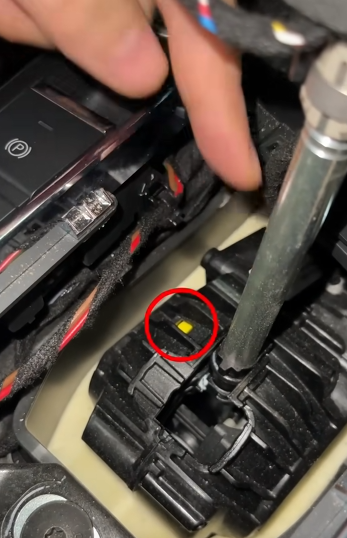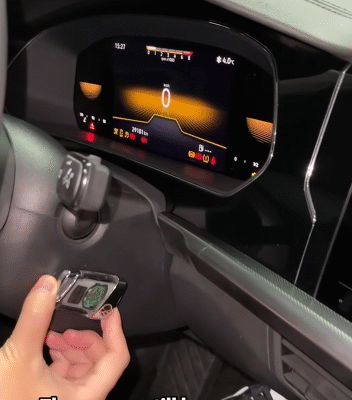
Car emergencies can strike at the worst possible moment—on a lonely stretch of road, in the middle of a downpour, or when you’re already running late. Whether it’s a dead battery, flat tire, overheating engine, or strange noises from under the hood, knowing how to respond can make the difference between a stressful ordeal and a manageable hiccup.
In this guide, we’ll walk you through how to solve some of the most common emergency car problems, step by step.

1. Flat Tire
What to do:
- Pull over to a safe, flat spot away from traffic.
- Turn on your hazard lights.
- Apply the parking brake.
- Get your spare tire, jack, and lug wrench from the trunk.
Steps to replace a flat tire:
- Loosen the lug nuts slightly while the car is on the ground.
- Jack up the car so the flat tire is off the ground.
- Remove the lug nuts and take off the tire.
- Mount the spare tire.
- Tighten the lug nuts in a star pattern.
- Lower the car and tighten the lug nuts fully.
Tip: If you don’t have a spare, use a tire inflator or call roadside assistance.
2. Dead Battery
What to do:
- Keep jumper cables in your trunk or a portable jump starter.
- Ask for help from another driver if needed.
Steps to jump-start a car:
- Connect the red (positive) clamp to the positive terminal on your dead battery.
- Attach the other red clamp to the positive terminal on the donor car.
- Connect the black (negative) clamp to the donor car’s negative terminal.
- Attach the final black clamp to an unpainted metal surface on your car (not the battery).
- Start the donor car and let it run for 1-2 minutes.
- Try starting your car.
- Once it starts, remove the cables in reverse order.
Tip: If it doesn’t work, your battery might be completely dead or your alternator could be the issue.

3. Overheating Engine
Signs:
- Temperature gauge in the red zone
- Steam coming from under the hood
- Burning smell
What to do:
- Pull over and turn off the engine.
- Turn off A/C and turn on heat to draw heat away from the engine.
- Wait 15-30 minutes for the engine to cool down.
- Open the hood carefully (not right away!).
Check:
- Coolant level (if it’s low, refill with coolant or water temporarily)
Warning: Never open the radiator cap while the engine is hot.
Tip: If overheating keeps happening, you may have a coolant leak, a bad thermostat, or a broken fan.
4. Brake Failure
What to do immediately:
- Stay calm.
- Pump the brake pedal quickly to build pressure.
- Downshift to a lower gear (automatic cars can do this too).
- Use the emergency brake gradually.
- Steer toward a safe area.
After stopping:
- Don’t drive again until the brakes are inspected and repaired.
5. Car Won’t Start
Potential reasons:
- Dead battery
- Faulty ignition
- Fuel system issues
- Security system malfunction
What to try:
- Check if lights and radio work (if not, it’s likely the battery).
- Listen for clicks or cranks.
- Try jump-starting.
If none of that works:
- Call roadside assistance or a tow truck.
6. Running Out of Gas
What to do:
- Safely pull over.
- Turn on hazard lights.
- Use a gas can to walk to a station or call roadside assistance.
- Keep a small emergency gas container in your trunk (empty unless you’re prepared to maintain it).
Tip: Avoid running on less than 1/4 tank to prevent fuel pump damage.

7. Locked Out of Car
What to do:
- Check all doors and trunk—you may have left one unlocked.
- Use your spare key if nearby.
- Contact a locksmith or roadside service.
Tip: Store a spare key somewhere safe outside your car.
8. Warning Lights On Dashboard
Common warning lights:
- Check Engine: Can be many issues—get a diagnostic scan.
- Oil Pressure: Stop the car; running without oil can destroy your engine.
- Battery Light: Your charging system may be failing.
What to do:
- Pull over if the warning is serious.
- Check your manual.
- Use an OBD-II scanner to identify the problem (available online or at auto parts stores).
9. Stuck Accelerator
What to do:
- Shift to neutral immediately.
- Press the brakes firmly.
- Do NOT turn off the car while driving; this will disable power steering and brakes.
- Pull over safely.
Once stopped:
- Turn off the engine.
- Call for a tow or service.
10. Car Caught in a Flood or Water
What to do:
- Turn around, don’t drive through standing water.
- If stuck in water, abandon the car and move to higher ground.
If water gets inside:
- Do not try to start the engine.
- Have the car towed and inspected for water damage.

Bonus Tips for All Emergencies
- Carry an Emergency Kit:
- Jumper cables
- Flashlight
- First-aid kit
- Blanket
- Water and snacks
- Phone charger
- Use Your Hazard Lights:
- Always turn them on when pulled over or in a vulnerable spot.
- Stay in Your Car If It’s Unsafe Outside:
- Especially on highways or at night. Use your phone or call roadside assistance.
- Practice Situational Awareness:
- Know your location in case you need to call for help.
- Routine Maintenance:
- Prevent emergencies by staying on top of oil changes, tire pressure, brake inspections, and battery checks.
Final Thoughts
No one wants to deal with a car emergency, but knowing what to do can turn a potential disaster into a small detour. The key is staying calm, thinking clearly, and being prepared. Whether it’s a flat tire or a dead battery, these steps can help you respond safely and efficiently.
Take a few minutes this week to review your car manual, check your emergency supplies, and maybe even rehearse a few of these scenarios in your mind. That way, if the unexpected happens, you’ll be ready.



